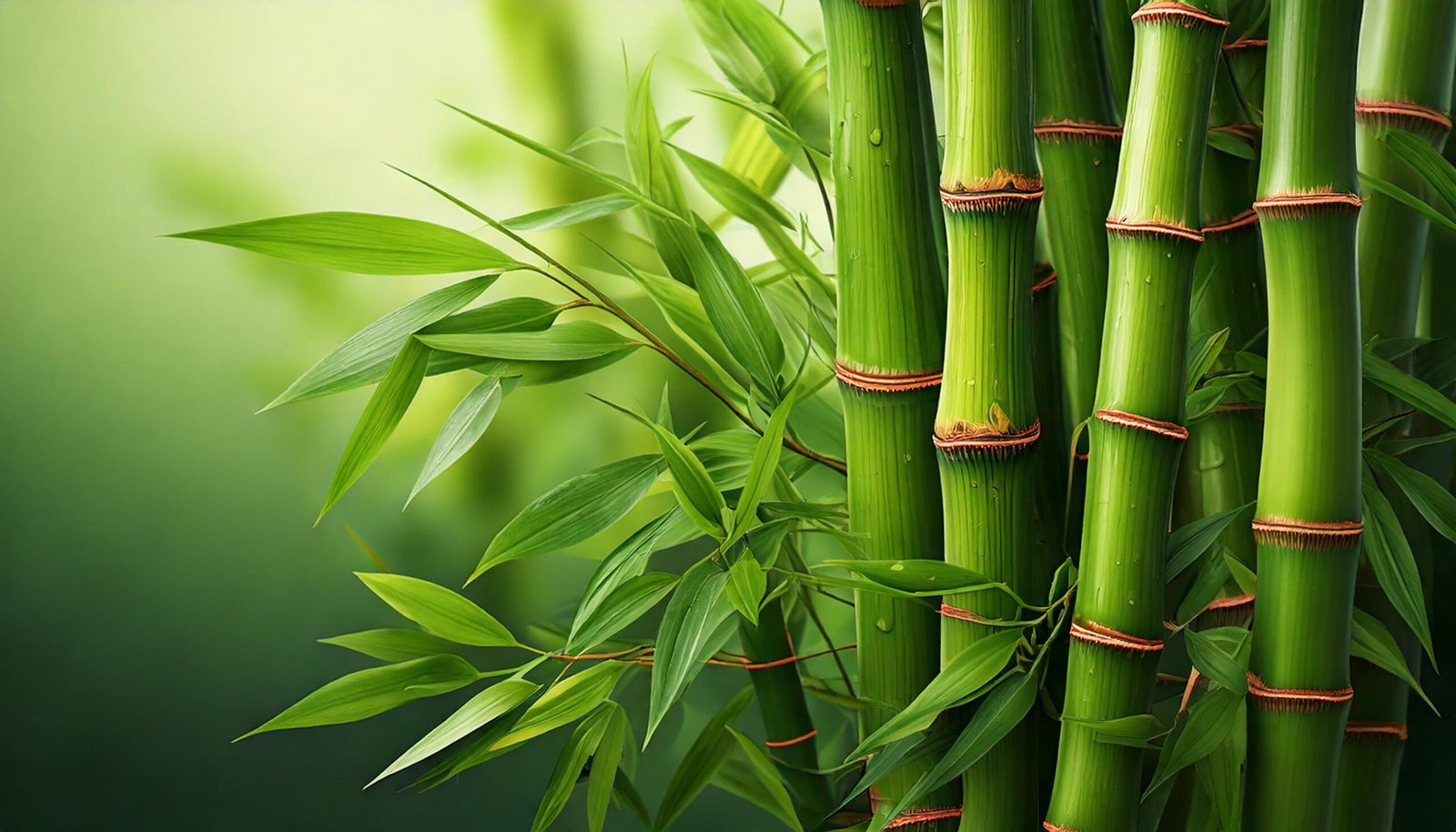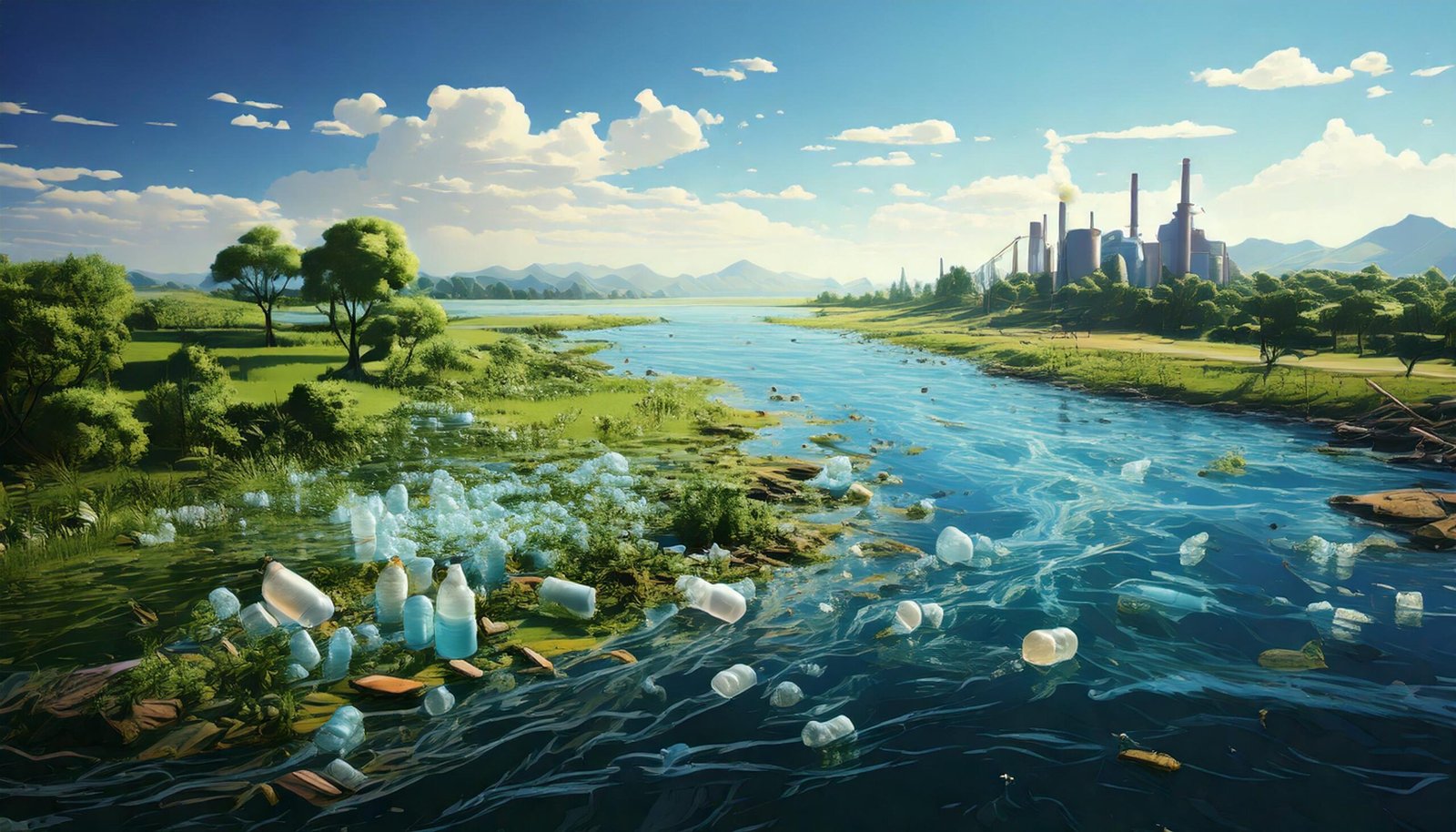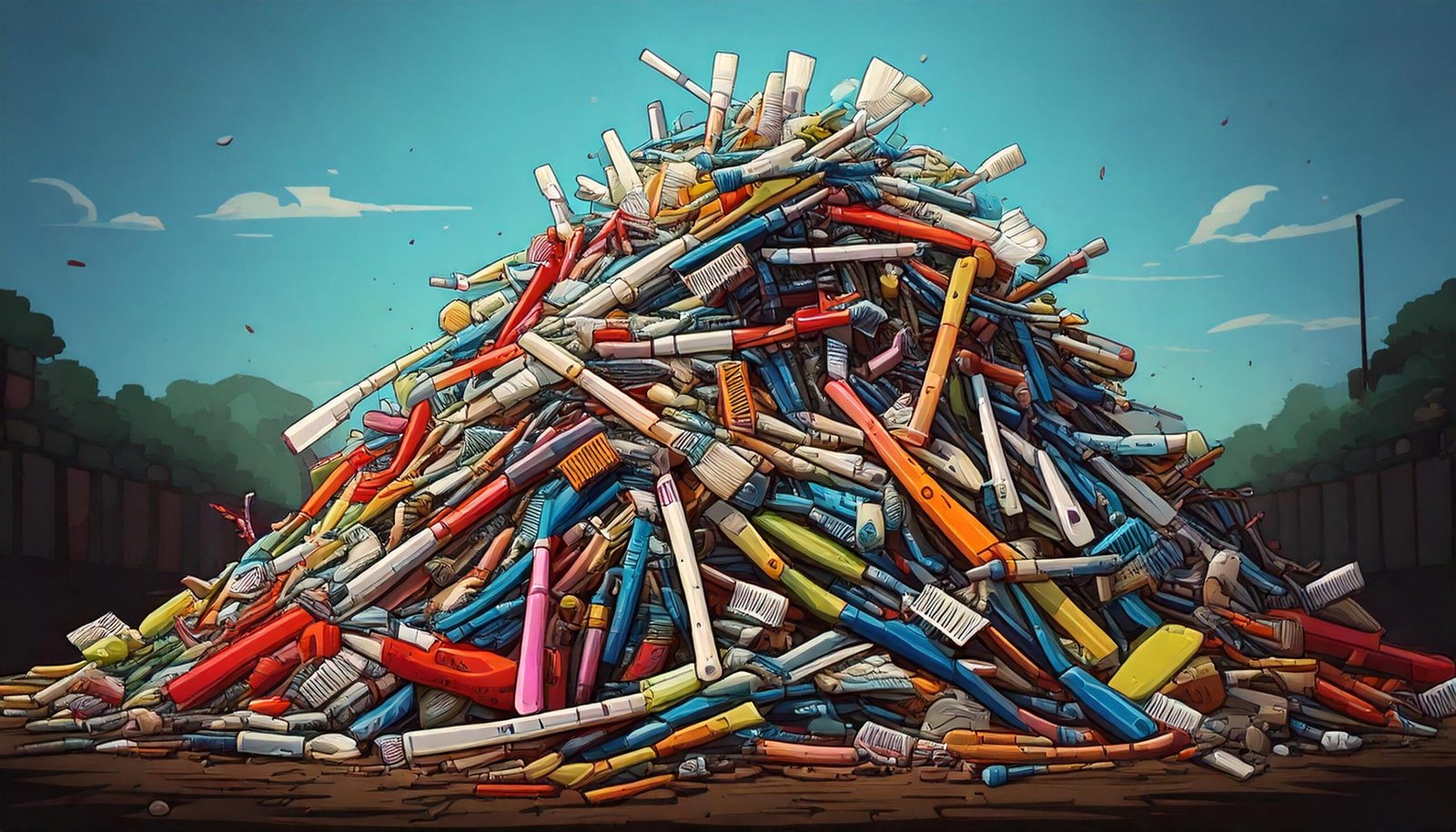The Journey of Plastic Waste
Most plastic waste begins its journey in the places we use it: homes, businesses, restaurants, and schools. From straws and bottles to bags and packaging, plastic products are used in nearly every aspect of daily life. However, much of this plastic does not make its way to recycling bins, instead ending up in landfills or discarded into the environment.
In landfills, plastic can take centuries to break down. Unlike organic waste, plastic does not biodegrade but instead slowly fragments into microplastics. These tiny plastic particles infiltrate soil and water, harming ecosystems and leaching toxic chemicals that affect plant and animal life.
The Ocean’s Plastic Crisis
The world’s oceans are increasingly drowning in plastic waste. An estimated 8 million metric tons of plastic enter the oceans every year. This plastic finds its way into rivers, streams, and coastal waters, where it is carried to the open sea. Once in the ocean, plastic waste poses a significant threat to marine life.
Fish, seabirds, and other marine animals often mistake plastic debris for food. Ingesting plastic can lead to internal injuries, starvation, and even death. Moreover, plastic can also entangle marine life, causing suffocation, drowning, or serious injury. The presence of plastics in the oceans also affects coral reefs, which are vital to marine biodiversity. Plastics can smother reefs, block sunlight, and introduce harmful chemicals, weakening these critical ecosystems.
Impact on Wildlife
On land, wildlife is equally vulnerable to plastic pollution. Animals such as mammals, birds, and reptiles often become trapped in discarded plastic items, from six-pack rings to plastic bags, which can lead to suffocation or loss of mobility. Furthermore, the ingestion of plastic by wildlife is a serious concern. Animals that consume plastic materials may suffer from digestive blockages, malnutrition, and toxic chemical exposure, leading to sickness or death.
Plastic pollution is also responsible for the contamination of food chains. When smaller organisms ingest microplastics, these particles make their way up the food chain, affecting larger predators, including humans. Studies have found microplastics in fish, shellfish, and even in drinking water.

Why Reducing Plastic Use is Crucial
The good news is that we have the power to make a difference. Reducing plastic use is one of the most effective ways to combat plastic pollution. By making small changes in our daily habits, we can significantly reduce the amount of plastic waste generated.
Opting for reusable alternatives to single-use plastics, such as cloth bags, metal straws, and stainless-steel bottles, is a simple yet impactful choice. Supporting businesses that offer sustainable packaging or commit to zero-waste practices can also help minimize the plastic waste entering landfills and oceans.
On a larger scale, governments, businesses, and communities must work together to implement policies that reduce plastic production, improve waste management systems, and support the development of biodegradable alternatives. Promoting recycling and raising awareness about the importance of waste reduction can encourage people to adopt more eco-friendly habits.
A Healthier Planet Starts with Us
Plastic pollution may seem like an overwhelming problem, but the good news is that every small action counts. By reducing our reliance on plastic and supporting initiatives that promote sustainability, we can work towards a cleaner, healthier planet. Together, we can mitigate the harmful effects of plastic pollution on land, in the oceans, and on wildlife, ensuring a better future for generations to come.







